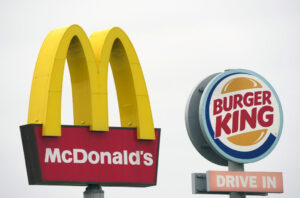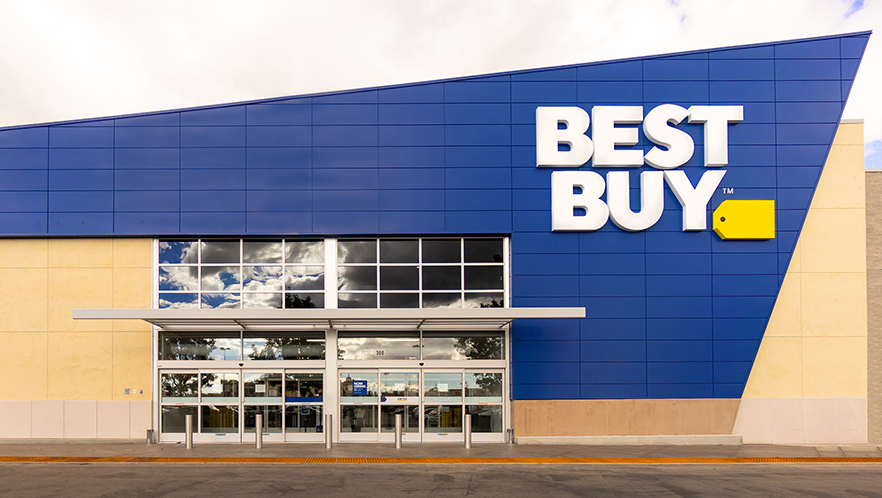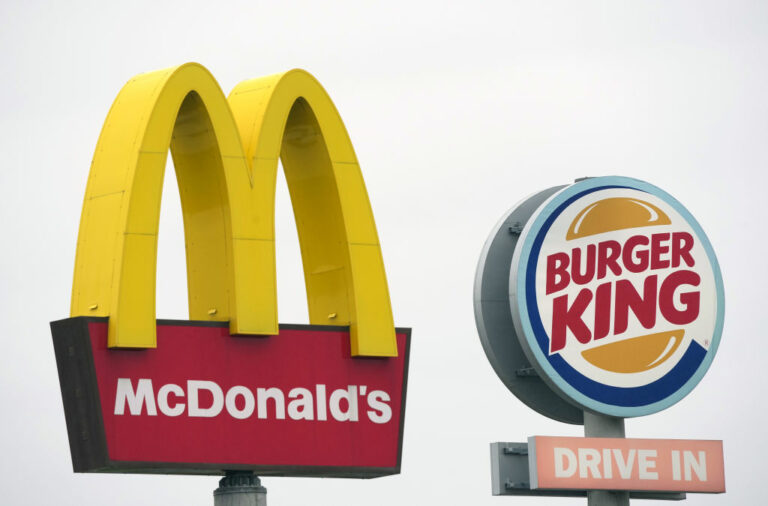Understanding Best Buy in Today’s Market
In the world of electronics and appliances, Best Buy stands out as a leading retailer, known for its vast selection of products, knowledgeable staff, and commitment to customer service. As we delve into the intricacies of Best Buy, this blog post will explore its business model, operational strategies, and the reasons behind its sustained popularity among consumers. You’ll find insights that are particularly beneficial for HR professionals and business leaders aiming to understand retail dynamics in the technology sector.
The History and Evolution of Best Buy
Founded in 1966 as Sound of Music, Best Buy began its journey selling audio equipment. The company rebranded to Best Buy in 1983 and diversified its offerings to include a wide array of electronics and household appliances. Over the decades, Best Buy has evolved significantly, adapting to changes in technology and consumer behavior.
Best Buy’s Current Business Model
Best Buy operates through a multi-channel business model, combining its physical stores with a robust online presence. Customers can shop online, pick up in-store, or have products delivered directly to their homes. This omnichannel retail strategy has proven effective, especially in recent years where online shopping has surged.
The Role of Customer Experience
At the core of Best Buy’s success is its dedication to customer experience. The retailer trains its staff extensively to ensure they are knowledgeable about the latest products and technologies. Whether it’s providing technical support or personalized shopping experiences, Best Buy aims to create lasting relationships with its customers.
Innovations in Technology and Services
Staying ahead of the competition requires constant innovation. Best Buy has embraced new technologies such as AI and machine learning to enhance its services. For instance, the use of AI-driven recommendation systems allows Best Buy to offer personalized product suggestions based on consumer behavior.
Best Buy and Sustainability Initiatives
As a major retailer, Best Buy understands its responsibility towards sustainability. The company has implemented several initiatives aimed at reducing its carbon footprint. These include energy-efficient store designs, recycling programs for old electronics, and partnerships with sustainable brands. Customers can feel good about their purchases, knowing they are supporting a company that prioritizes the environment.
Challenges and Opportunities in the Retail Landscape
The retail sector has seen significant challenges, particularly from online giants like Amazon. However, Best Buy has turned challenges into opportunities by enhancing its online capabilities and focusing on customer service. By leveraging its physical presence, Best Buy differentiates itself from online-only retailers, providing customers with immediate access to products and in-person assistance.
Career Development and Employee Engagement
For HR professionals, understanding Best Buy’s approach to employee engagement can provide valuable lessons. Best Buy invests in employee training and advancement opportunities, which not only boosts morale but also enhances service quality. Initiatives like the employee discount program and stock options reflect a commitment to workforce satisfaction and retention.
Conclusion
In conclusion, Best Buy exemplifies what it means to adapt and thrive within a competitive marketplace. Its focus on customer experience, innovation, sustainability, and employee engagement are key factors that contribute to its success. As the retail landscape continues to evolve, Best Buy remains a significant player, showcasing how companies can embrace change and maintain relevance in the fast-paced world of technology.
For more information about Best Buy, visit their official page at Best Buy Corporate.








